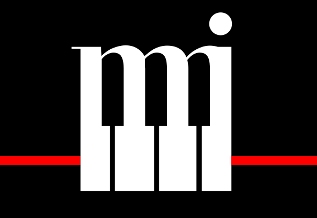Martha
by Jules-Henri Vernoy Saint GeorgesGenre: Operetta
Setting:
Format of Original Source: Plot summary
Recommended Adaptation Length: Two Hours
Candidate for Adaptation? Not Likely
EXCERPT:
The first act of “Martha,” unquestionably the most popular of all light operas, opens during the progress of the servants’ fair at Richmond, whither Lady Henrietta, maid of honor to the Queen, accompanied by Nancy, her maid, and Sir Tristan, her aged cousin and admirer, tired of court life, have resorted in the disguise of servants. In the first three scenes they arrange their masquerade. Sir Tristan, much to his disgust, is to be known as John, and Lady Henrietta as Martha. The first number is a duet for the two ladies, “Of the Knights so Brave and Charming,” followed by an animated trio with Sir Tristan, in dance time. The fourth scene is laid in the market-place, in which appear Plunkett, a wealthy farmer, and Lionel, his adopted brother. The parentage of the latter is unknown, but he has a souvenir from his father in the form of a ring which he is to present to the Queen whenever he shall find himself in trouble. Lionel tells his story in a tenor aria, “Lost, proscribed, a Humble Stranger,” which has been a favorite song the world over for years. The two have come to the fair to engage servants for the year, who are bound over by the sheriff. Plunkett and Lionel meet Martha and Nancy, and are so delighted with their looks that they tender the customary bonus which secures them. They accept it as a joke, but find that it is a serious matter when the young farmers drive off with them, leaving Sir Tristan in despair.
COMMENTS:
A trifle of a plot (high society ladies pretend to be lower-class and suddenly discover themselves to be actual servants) probably won’t contemporize very well (imagine, say, two contemporary Senators wives taking entry-level jobs in a corporation, knowing they’re going to just quit one day…kinda rude). And an adaptation set in the same time period as the original probably isn’t worth creating…anyone looking for such a plot would just produce the original.
A word of caution: This plot summary was written by 19th-century literary critic George Upton, who often mixes personal opinion with summation. You would be advised to consult the original source material, if the general plot appeals to you.
VIEW SOURCE DOCUMENT
BACK TO LISTINGS
